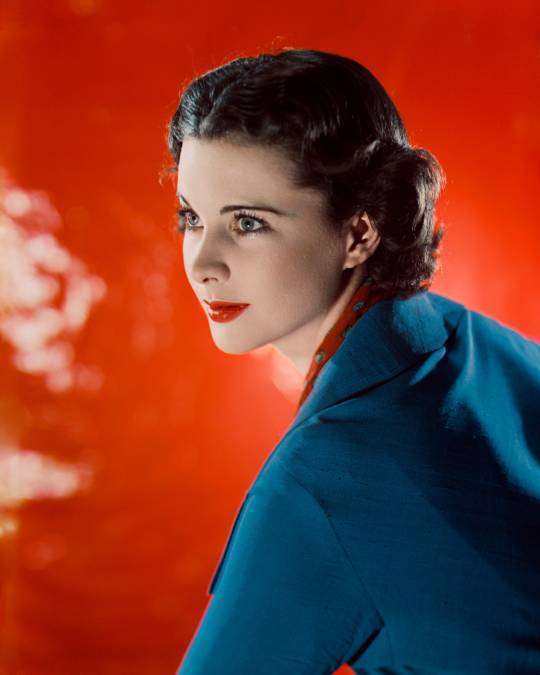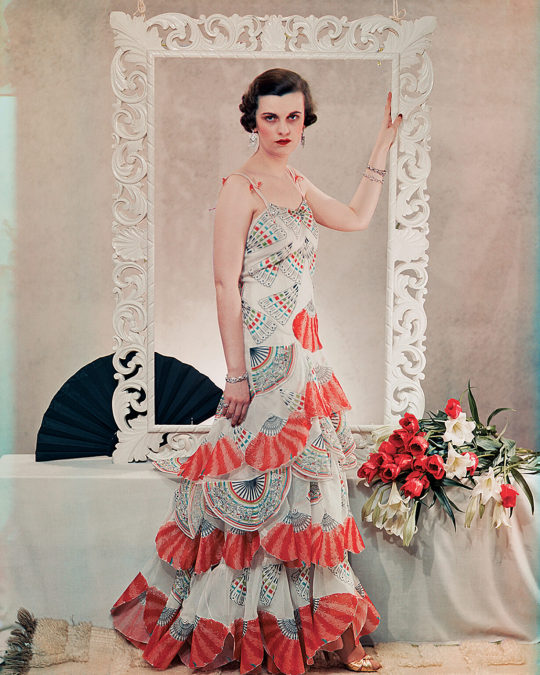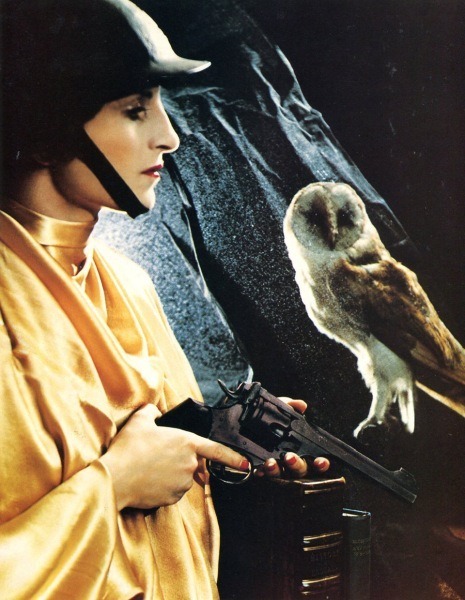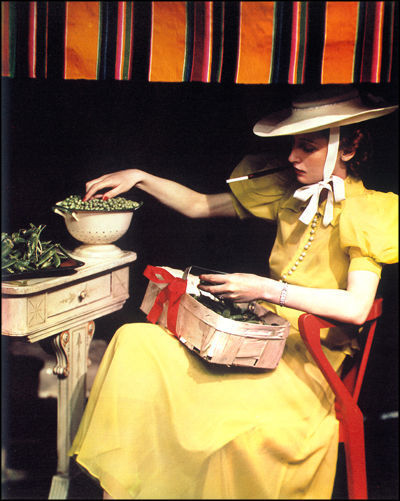Photo

Madame Yevonde
Madame Yevonde, one of the earliest feminists, was both an eccentric artist and a recognised professional photographer. Yevonde Cumbers, was born in Streatham, south London on January 5, 1893 to a prosperous family. She enjoyed a childhood full of visits to the theatre, costume parties and a busy social calendar. When she was sixteen Yevonde was sent to a convent school in Belgium and bored with her studies discovered the Suffragette Movement, which was to become one of the greatest passions of her life. Her career got underway in 1910 when she became the assistant of Lallie Charles (1869 - 1919) a female photographer with a pictorial bent. That same year she campaigned for women’s voting rights. Madame Yevonde set up her own studio just before the First World War broke. She was keen to be different from traditional portrait agencies. In 1920, she married the playwright and journalist Edgar Middleton. In the 1930s, she received many advertising and commercial commissions, which she executed in an innovative way, especially through her use of colour, which made her famous. Convinced that photography was both a science and an art, she stepped up her technical research and, in the early 1930s, discovered the Vivex process which she used up until the Second World War for many portraits which remained well-known, in particular her series of ‘Goddesses’ which she started in 1935. Each society portrait was interpreted in a mythological manner.
#neonurchin #neonurchinblog #dedicatedtothethingswelove #suzyurchin #ollyurchin #art #music #photography #fashion #film #design #words #pictures #madamelalliecharles #feminist #suffragette #suffragettemovement #eccentric artist #photographer #colour #incolour #vivexcolourprocess #professionalphotographersassociation #royalphotographicsociety #yevondephilonecumbers #madameyevonde (at London, United Kingdom)
https://www.instagram.com/p/CZyrKsIsw-6/?utm_medium=tumblr
1 note
·
View note
Text

Madame Yevonde
Elizabeth Mary (née Maugham), Lady Glendevon
May 1936
62 notes
·
View notes
Text
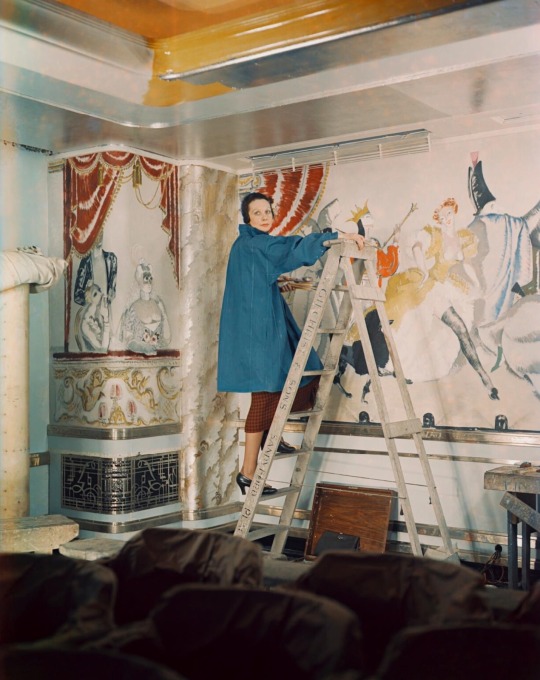
Artist Doris Zinkeisen photographed in color by Madame Yevonde painting her murals for the first class a la cart restaurant and nightclub the Verandah Grill, 1936.
46 notes
·
View notes
Text

Madame Yevonde (Yevonde Cumbers Middleton)
Lady Dorothy Warrender as Ceres
1935
29 notes
·
View notes
Text
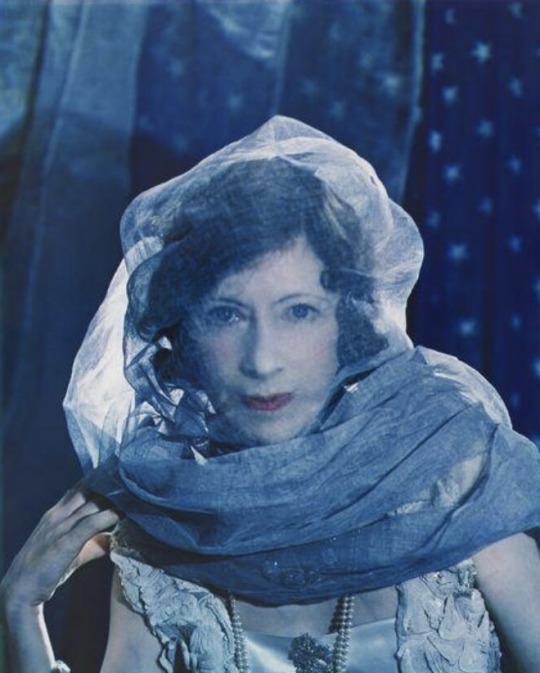

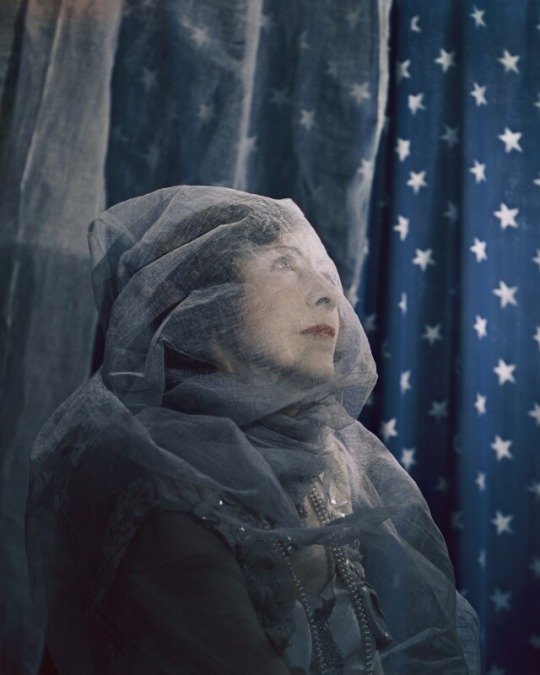

Dorothy, Duchess of Wellington as Hecate, Madame Yevonde, 1935. / Self-Portrait with Hecate, Madame Yevonde, 1935.
“It is perhaps fitting that the very last image Yevonde produced during this time should have been a self-portrait pregnant with symbolism and hidden meaning.
The image of Hecate from the Goddess series of portraits of society ladies in classical costume is centrally positioned at the top of the image, as if presiding over the scene below. In ancient times, Hecate, the Moon Goddess and Goddess of the Night and Witches, was frequently portrayed with three heads, representing the waxing, full, and waning phases of the moon.
In her autobiography In Camera, Yevonde described this image of Hecate from the Goddess series as the most interesting of them all. One can but regret that she did not elaborate on this remark since the image must clearly have held some special significance for her to justify its inclusion in the self-portrait and would suggest that in some way or other, Yevonde felt a special bond with her.
In the circumstances, it would perhaps not be too fanciful to suggest that the full moon aspect of Hecate presiding at the top of the self-portrait, as if over Yevonde’s fate, could signify that her life and career had reached their highest point, and that from then onwards, her fortunes would decline like the waning moon. If so, then this was clearly a prophetic statement, since she never again achieved the preeminence she had enjoyed during the inter-war years.”
—Lawrence N. Hole in “The Goddesses: Portraits by Madame Yevonde
7 notes
·
View notes
Photo

Mrs Charles Sweeny (Margaret, Duchess of Argyll) as Helen of Troy
Photograph: The Yevonde Portrait Archive
81 notes
·
View notes
Text

Madame Yevonde
Olga Burnett (née Herard) as Persephone
1935
398 notes
·
View notes
Text
worst part about getting angry is how much it makes you want to be mean
146K notes
·
View notes
Text
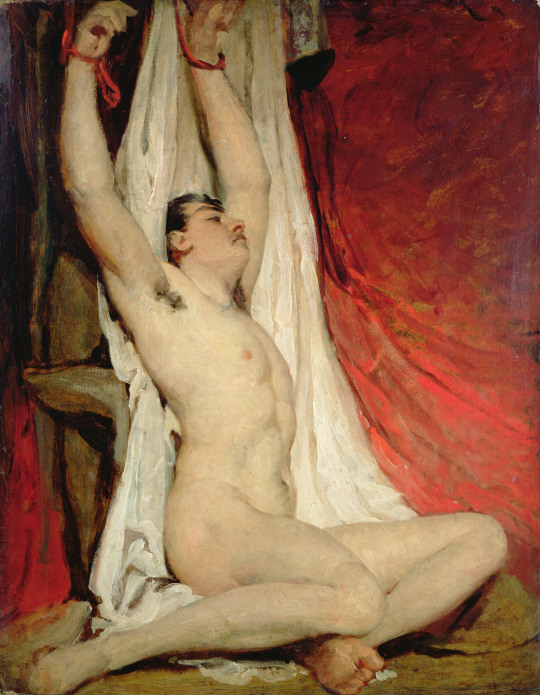
William Etty - Male Nude, with Arms Up-Stretched (1828-30)
2K notes
·
View notes
Text

A brief moment of rationality from the bird place.
95K notes
·
View notes
Text
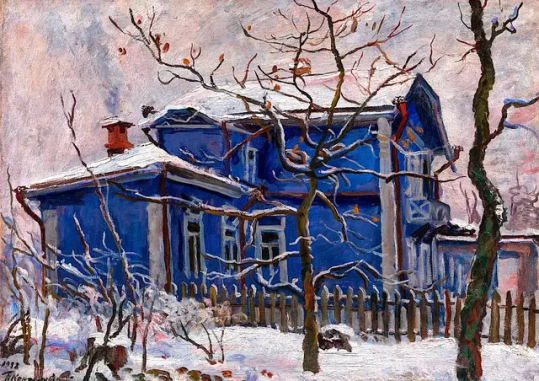
Pyotr Konchalovsky - Blue house in winter (1938)
255 notes
·
View notes
Photo
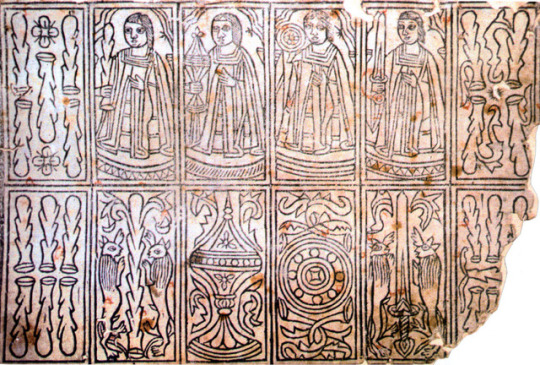
[Image: card deck from 15th century Catalonia, discovered inside a manuscript]
Playing cards originated in China in the 12th century, then spread to Persia, and arrived to Europe for the first time through Arabian traders in the 14th century to the ports of Cotlliure (Northern Catalonia) and Barcelona (Catalonia).
The first reference of playing cards in Europe is from the year 1310, when the city council of Barcelona banned them, for this reason we know that playing cards was already spread by then.
The first European cards producers were located in Perpinyà (Northern Catalonia), and it was from this city that playing cards were spread to many other parts of Europe. In the 15th century, Perpinyà was the world’s centre of card deck production. Card deck production was abandoned in the city in the 19th century.
99 notes
·
View notes
